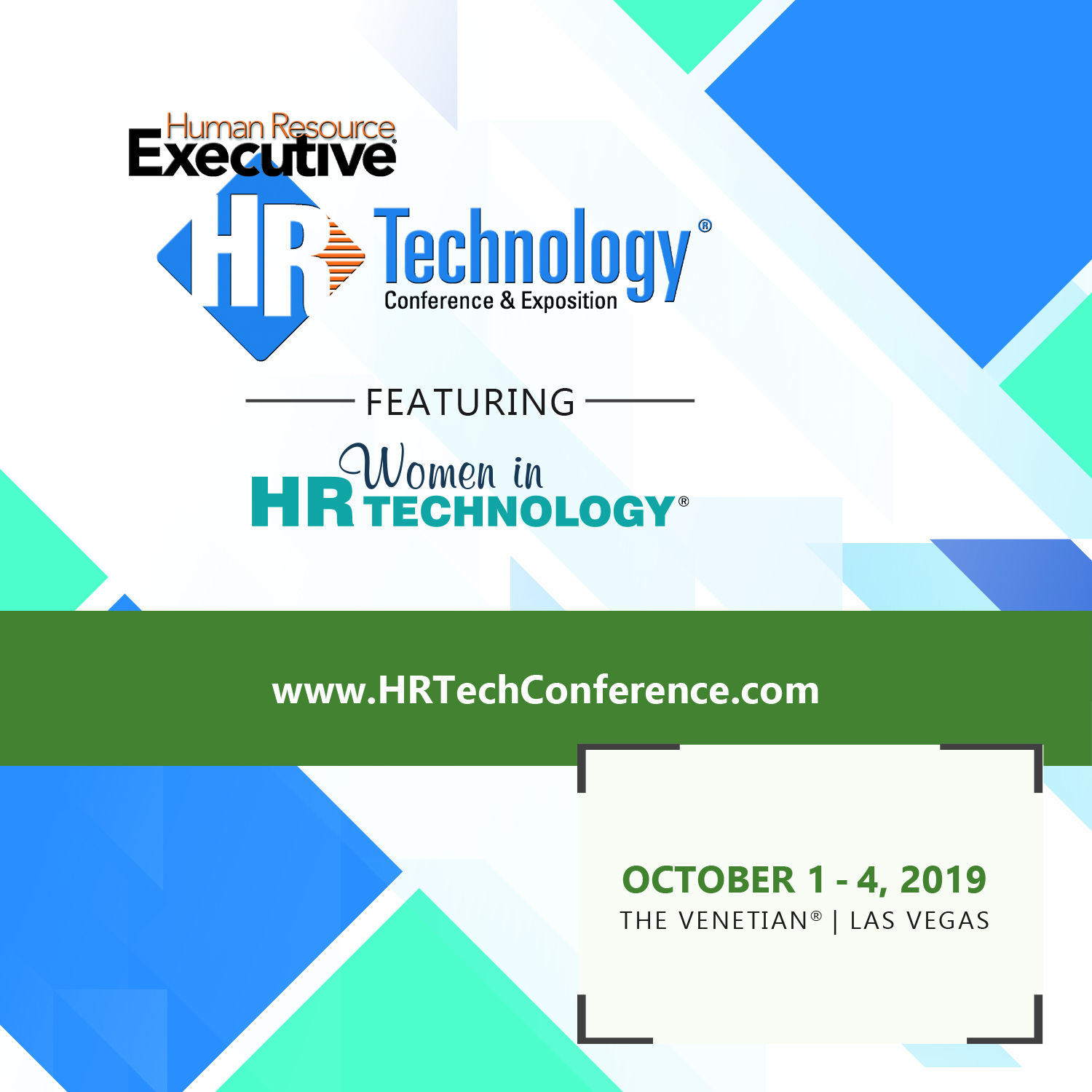Since it is 'Black Friday' in the US, the traditional busiest shopping day of the year as people engage in a mad scramble (starting as early as 4AM) to secure the best deals on electronics, toys, gifts, essentially anything and everything.
For many, Black Friday is about crossing off items on their family and friends 'wish lists' for holiday gifts.
So keeping in the 'Wish List' spirit, here is my take for the 'Top Ten Wish List for HR Technology'.
1. Stuff that works
The worst, most disappointing gifts are the ones that once they are unwrapped, assembled, batteries  Flickr - Jonathan Wput in, and activated don't actually work as advertised. Vendors: Deliver what you promised in the sales process. The truth is you know way more than the customer 99% of the time. Don't abuse that power. Make sure your stuff works.
Flickr - Jonathan Wput in, and activated don't actually work as advertised. Vendors: Deliver what you promised in the sales process. The truth is you know way more than the customer 99% of the time. Don't abuse that power. Make sure your stuff works.
2. Make it simple
If the shiny new object is too complex, has too steep a learning curve, or has tricky instructions it will quickly get crammed back in the box and shoved back under the tree. Most employees and managers do not have time or inclination to stop their 'real' jobs for very long to spend weeks learning a new technology. Simple is almost always better. Who out there hasn't seen their little kids spend more time playing with the empty box the toy came in, than the toy itself?
3. Free Monogramming
Whatever the technology is, I want to be able to personalize it for my own tastes, role, and preferences. I want the process to do this personalization to be simple, and completely under my control. Don't make me interact with the technology the same way as the 24 year old tech genius in the next cube.
4. Decide already
I am talking to the US Government and their seemingly endless sojourn towards Health Care refroms. Whatever is going to happen here will have a significant impact on HR and HR Technology. Payroll and Benefits systems are at the core of HR Technology solutions, and the sooner we know what these changes are going to look like the better. Figure it out for gosh sakes.
5. Don't make me buy more than I need
I want an HR Technology solution. I don't necessarily want a new finance, accounting, and logistics solution. Those may be great, and certainly others might have them on their lists, but they are not my problem. It is like getting socks at Christmas. Yes, everyone could use some new socks, but does anyone get excited seeing them in the box? Don't sell me the virtue of 'integration', show me how the solution solves my workforce problems.
6. A good return policy
This is a big one. I need a reasonable return strategy. Who hasn't gotten a gift that was almost perfect but not quite. The wrong color, wrong size, whatever. Don't force me to live with this solution forever, either due to an enormous up-front fee that I can't walk away from, or such a lengthy and costly implementation that I feel like I am past the point of turning back. If you believe in what you are selling, then you will have no problem providing a way out.
7. Robots
I love robots. I want a robot to make me coffee and bacon every morning. I also want HR Technology to be smarter, more predictive, and proactive. The kind of technology that alerts me when situations warrant, offers some suggestions, and intelligently interacts with processes and people. And makes bacon.
8. Next Year's Model
This year's hot new must have item? I want it. And next year when it is 'new and improved' I want that too. And I want it automatically, cheaply, and when I am ready for it. Don't make me pay through the nose to get the latest and greatest, or force me to buy a whole bunch of other stuff I don't care about at the same time. I am committing to a solution, don't make me keep professing my commitment year after year with more cash.
9. Let me take it with me
You know what my true favorite toy is? My BlackBerry, iPhone, and Android. My smartphone is so cool, powerful, and convenient that I expect to live my life via its tiny screen and itty-bitty keys. That means the HR Technology that I want needs to be able to fit into my world and the way I want to interact with it. If it doesn't run on an iPhone, does it really matter?
10. A Puppy
Puppies are cute. Puppies make lots of other crappy things seem better. So I believe a puppy belongs on every holiday wish list.
So there you have it, the 2009 Holiday season HR Technology Wish List.
What do you think? Anything you would add to the list?


 Steve
Steve

